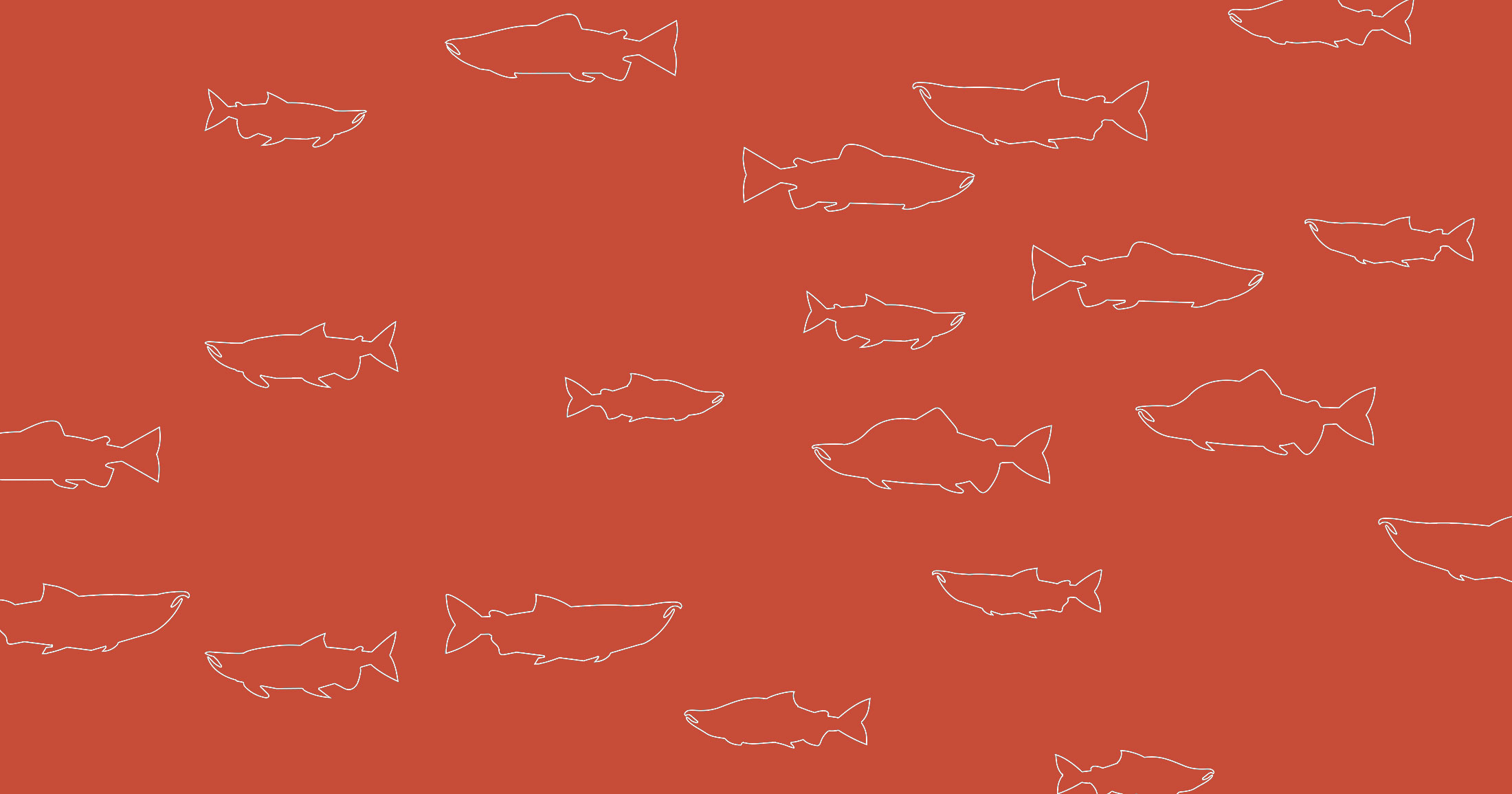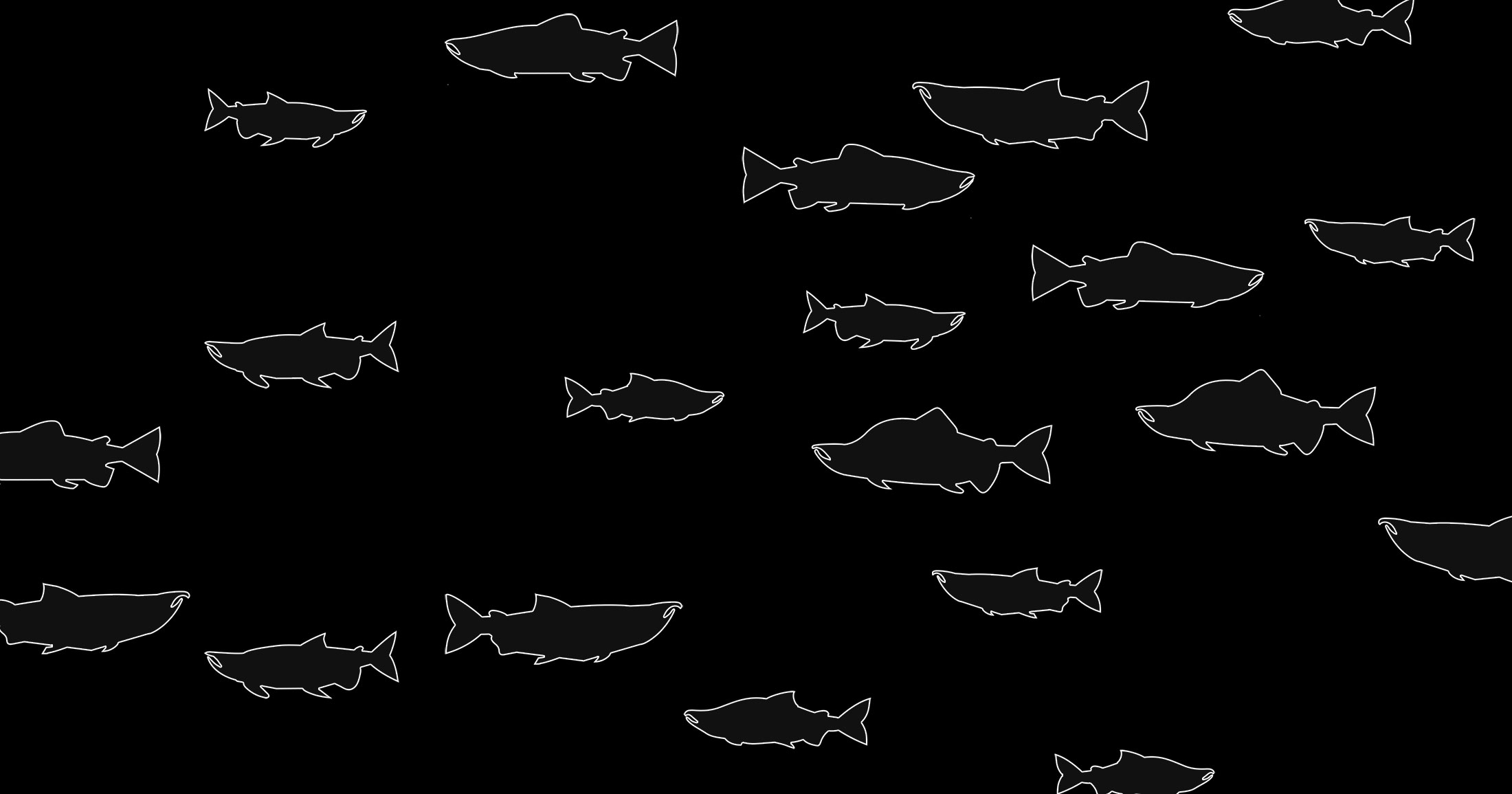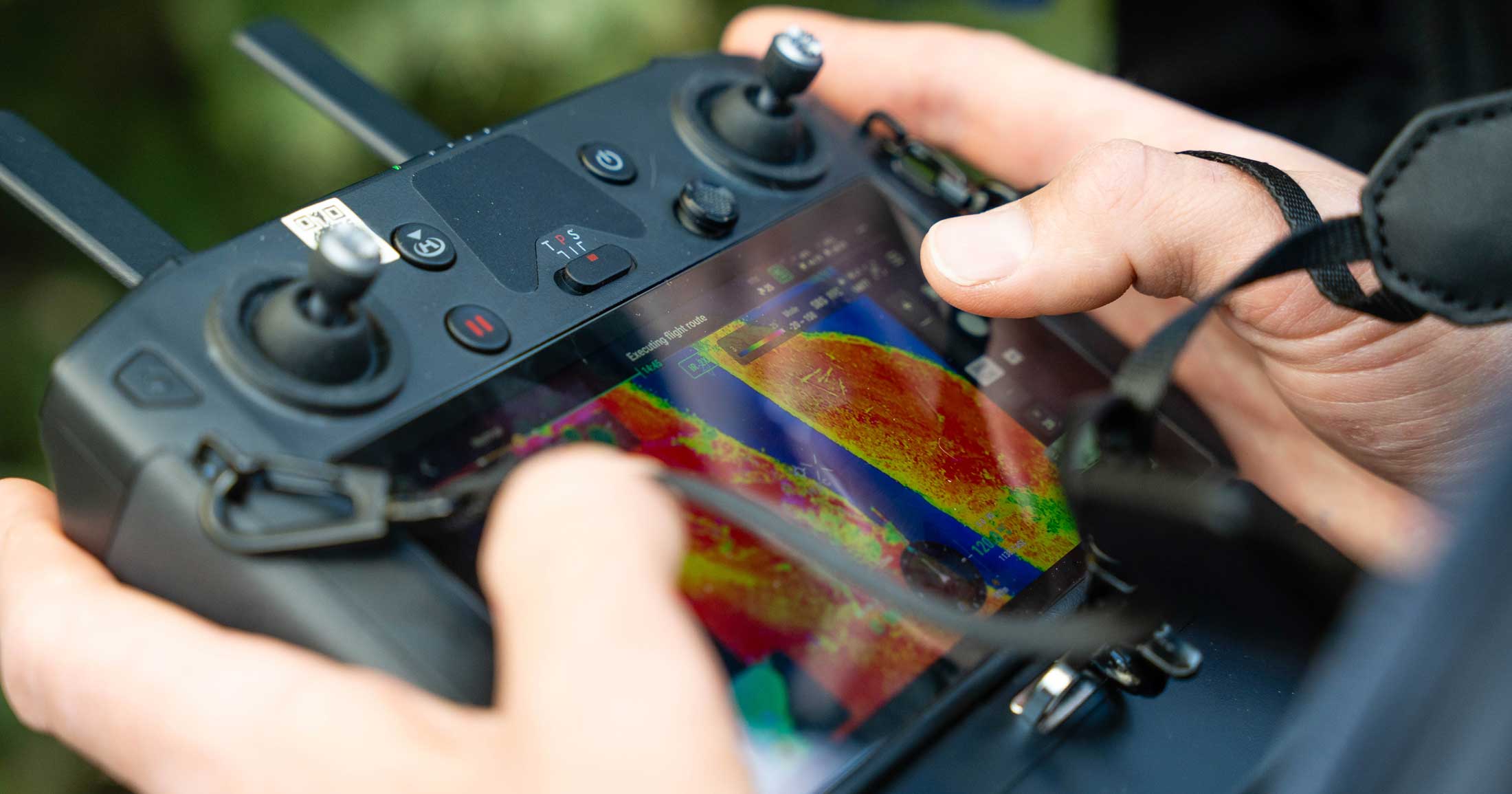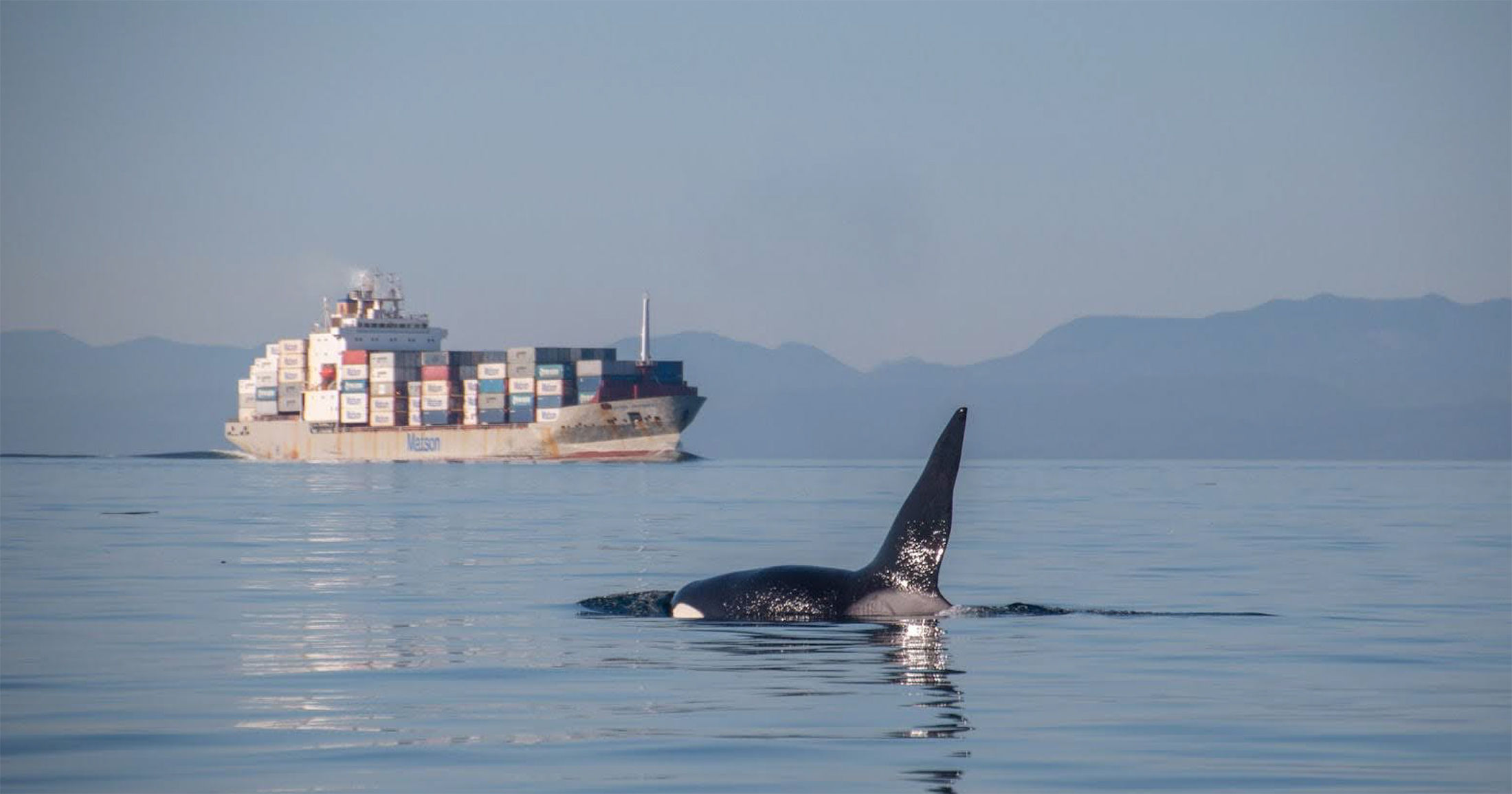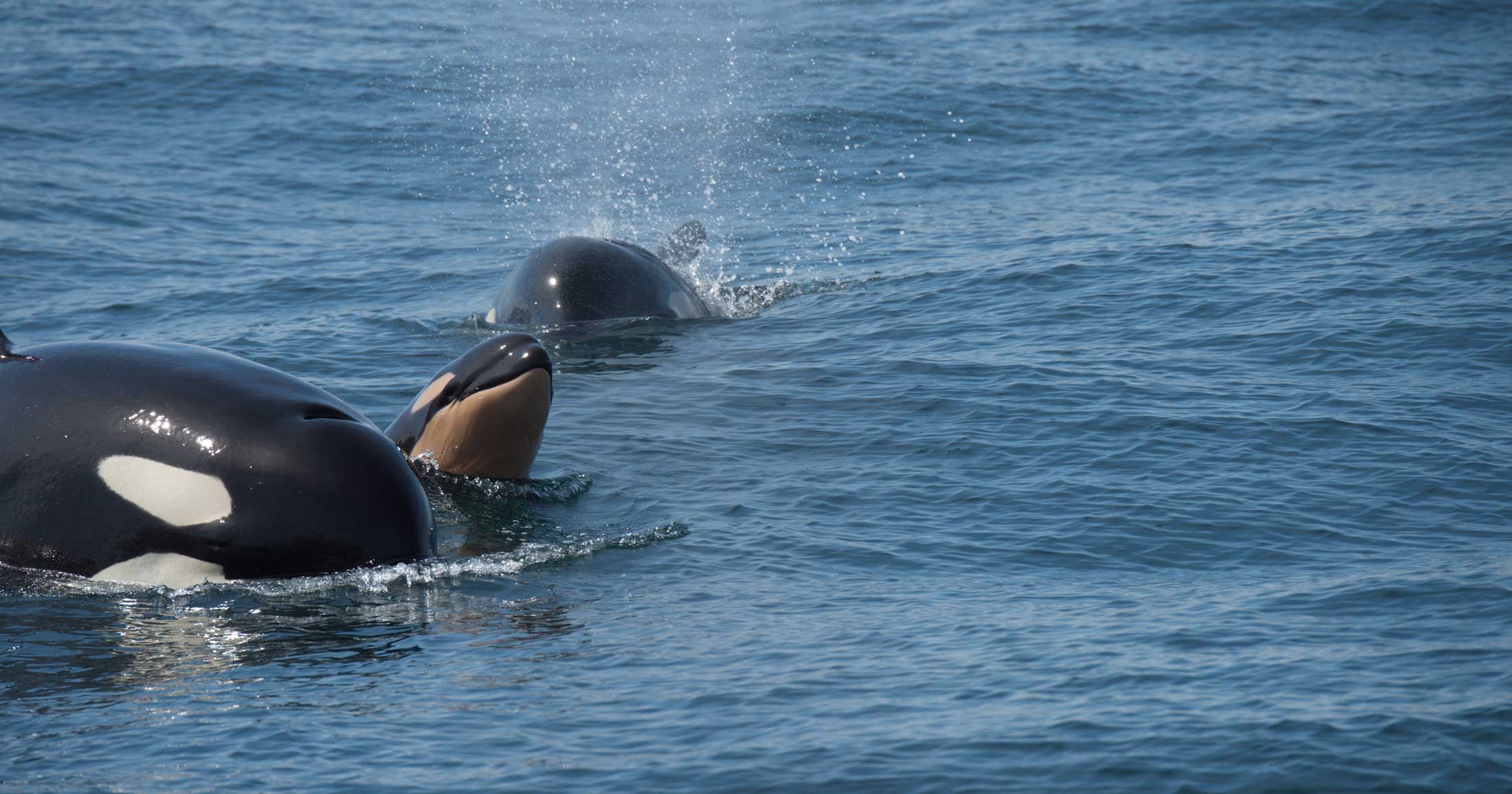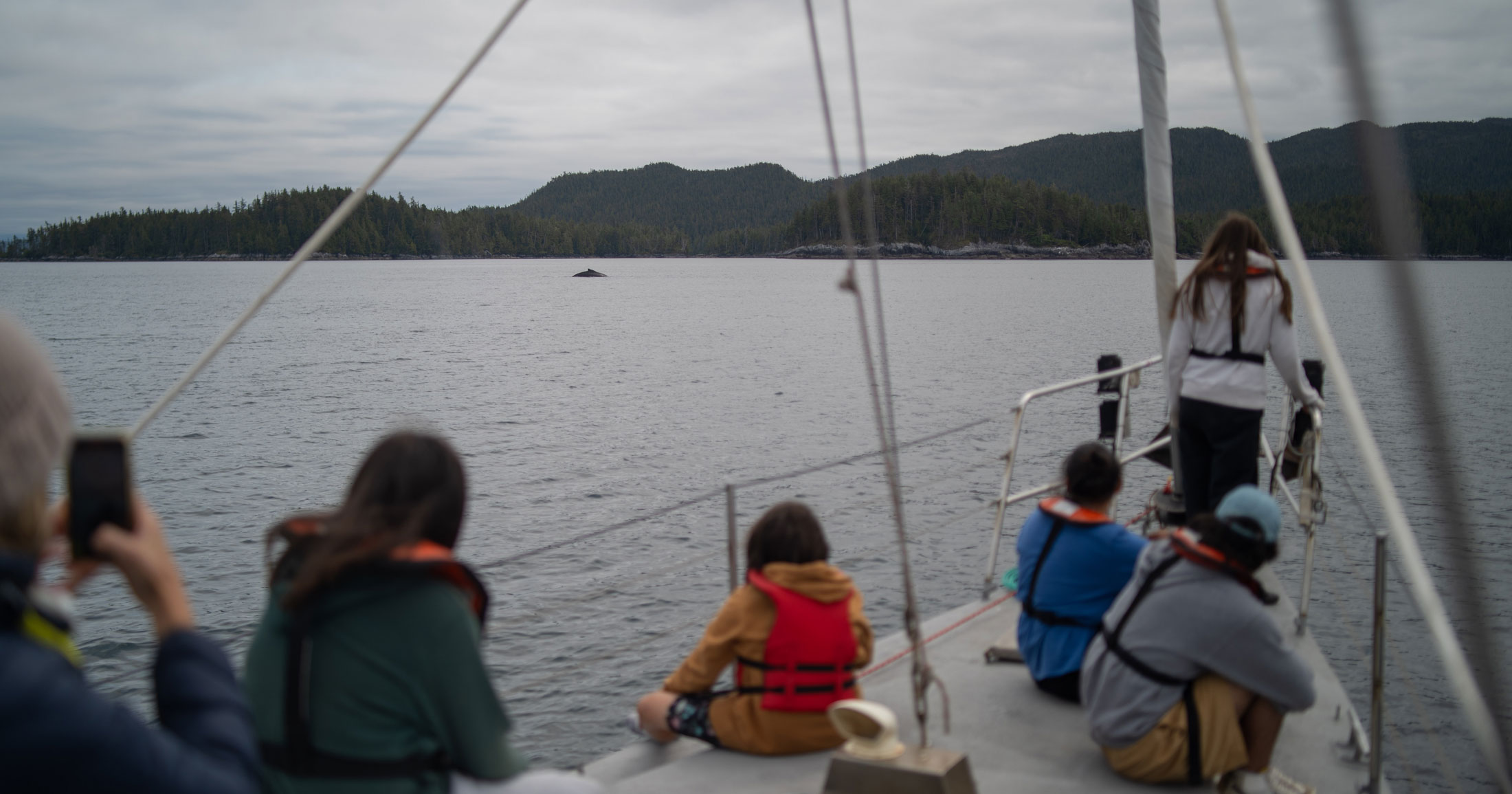Cetacean Health: using imagery to understand the health of killer whales
Photo by Lance Barrett-Lennard / Ocean Wise.
Our annual monitoring program, in collaboration with OceanWise Research, assesses the health of whales. Every year we take aerial photos of individually identified resident killer whales with small, minimally invasive drones, and use photogrammetry to accurately measure the whales’ body condition and growth rates, and determine whether they are pregnant. Our measurements provide a direct indication of the whales’ nutritional status and allow us to draw reliable inferences about their overall health. The value of this research is that it allows us to assess the impact of salmon abundance–which is strongly influenced by human fisheries–on the whale’s reproduction and survival.
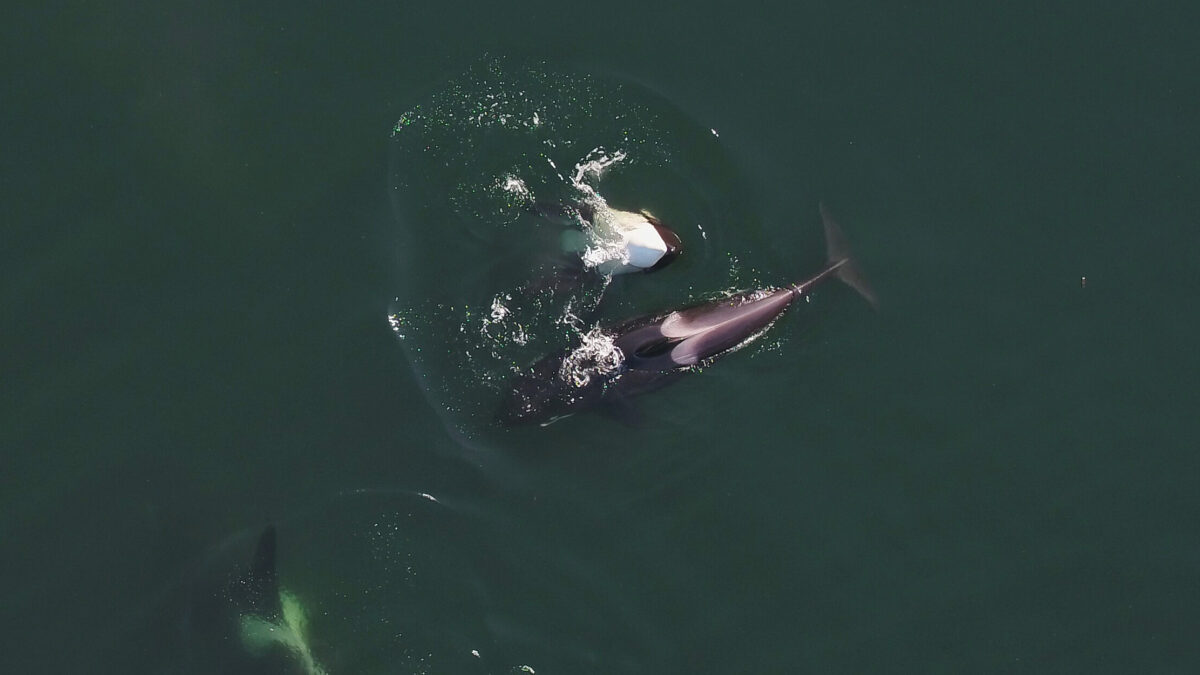
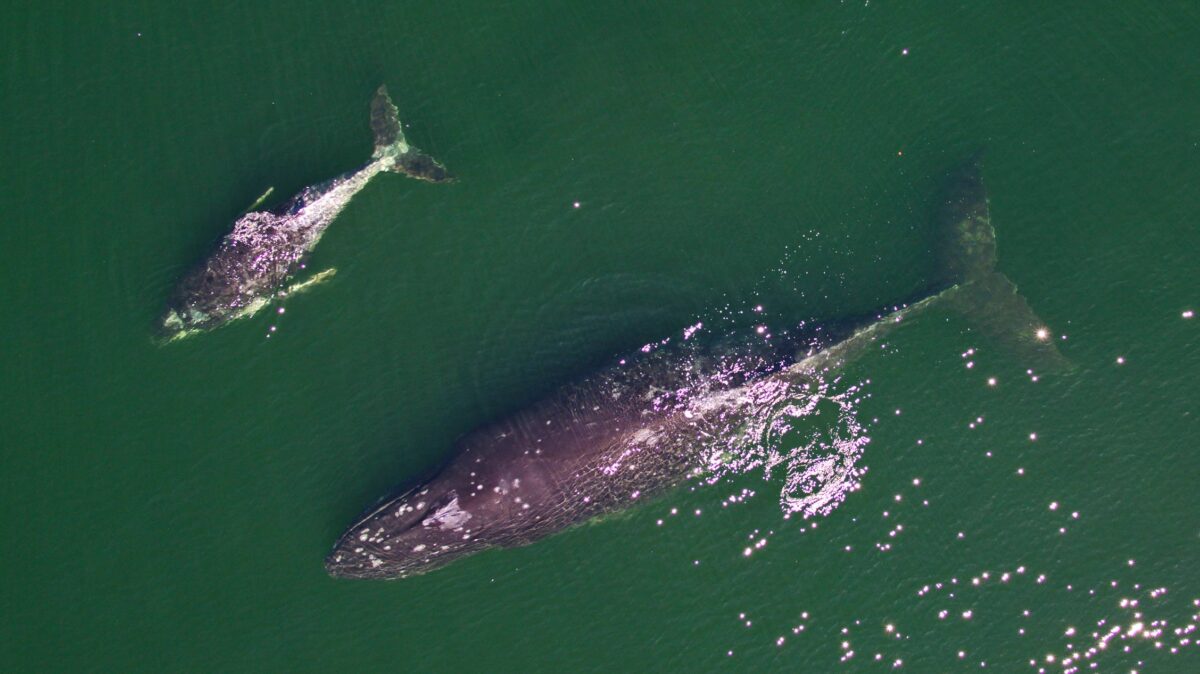
Applied research
Findings from the photogrammetry research thus far helped motivate increased restrictions on sport and commercial fisheries in Canada, as well as the creation of sanctuary zones where the whales can forage without disturbance by boats. It also provided valuable insights into Chinook stocks of greatest importance to Southern Residents—an analysis we plan to begin shortly with Northern Residents. The time series of body condition measurements on both populations becomes more valuable with each passing year.
Project history
In 2014, Lance Barrett-Lennard worked with Washington-based research colleagues, Drs. John Durban and Holly Fearnbach, to develop a photogrammetry-based method of assessing the body condition of killer whales using aerial photographs from minimally invasive, boat launched drones. The study was a key recommendation of a US/Canadian panel attempting to assess the impact of salmon fisheries on Southern Resident killer whales.
The project grew into an annual monitoring program, monitoring Northern and Southern Resident killer whales and Bigg’s killer whales opportunistically. Comparing the two populations, one in perilous condition and the other recovering, has helped make it possible and practical to determine when killer whales are nutritionally stressed, and to assess the impacts of such stress on survival and reproduction.
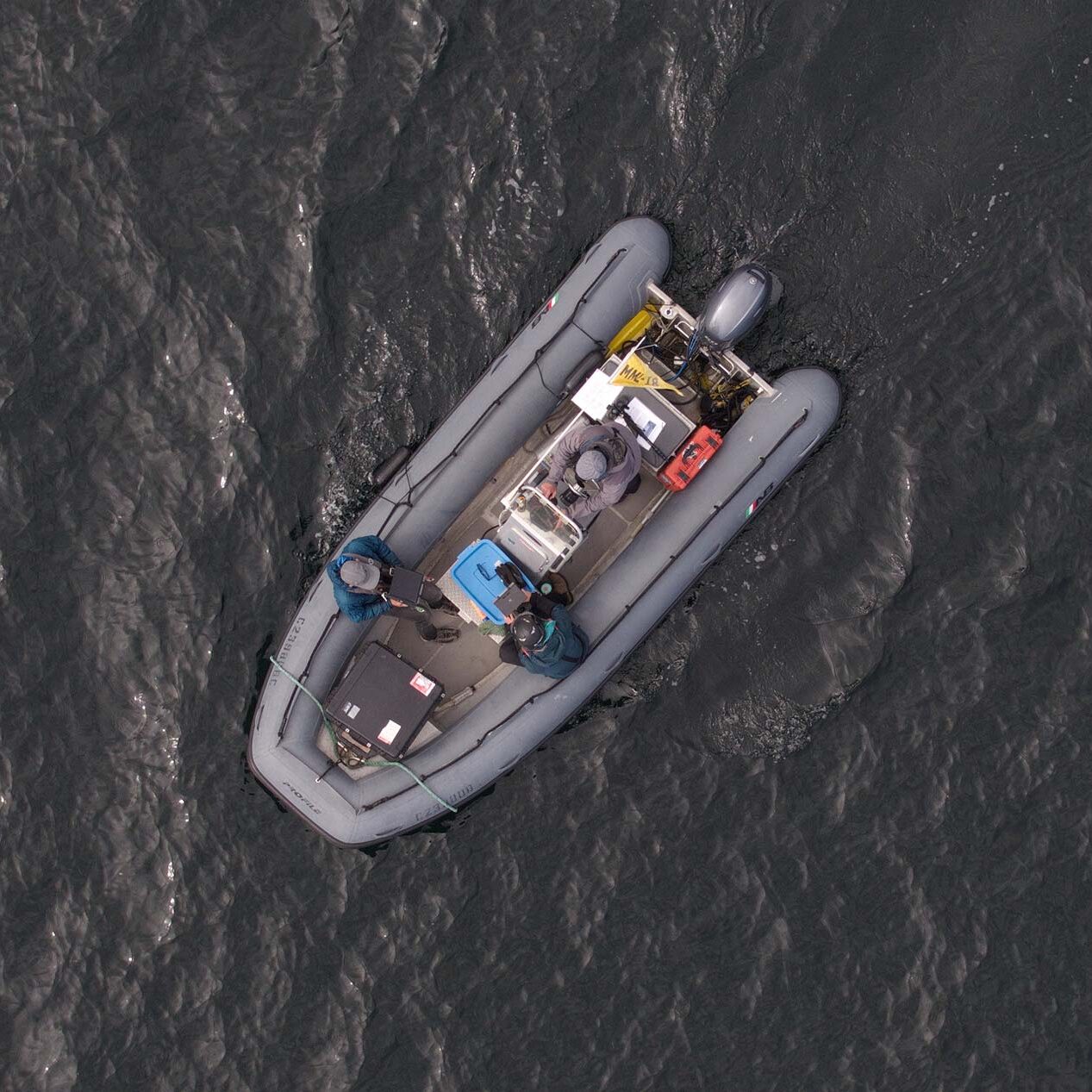
Recent articles
Introducing More than a fish
So, what makes salmon more than a fish? Let’s dive…
Let’s talk about why it’s ironic that the orca was just chosen as BC’s Best Symbol
This emblem of our province needs our help.
Raincoast Radio is back
So, what makes salmon more than a fish? Let’s dive…
We’re using drones to find salmon cooling centres
Rivers are warming due to climate change. Where do salmon…
Listen to Lance Barrett-Lennard explain the importance of proper policy recommendations for Southern Resident killer whale recovery
Media roundup of recent coverage of the Independent Science Panel…
Turning the tide for Southern Resident killer whales
At 73 individuals, the southern resident killer whales’ decline since…
Building a culture of marine-mammal safe boating on the coast
This free course can help keep you and wildlife safe…
How science can lead to tangible options that improve everyday outcomes
An interview with the newest selection committee member for the…

